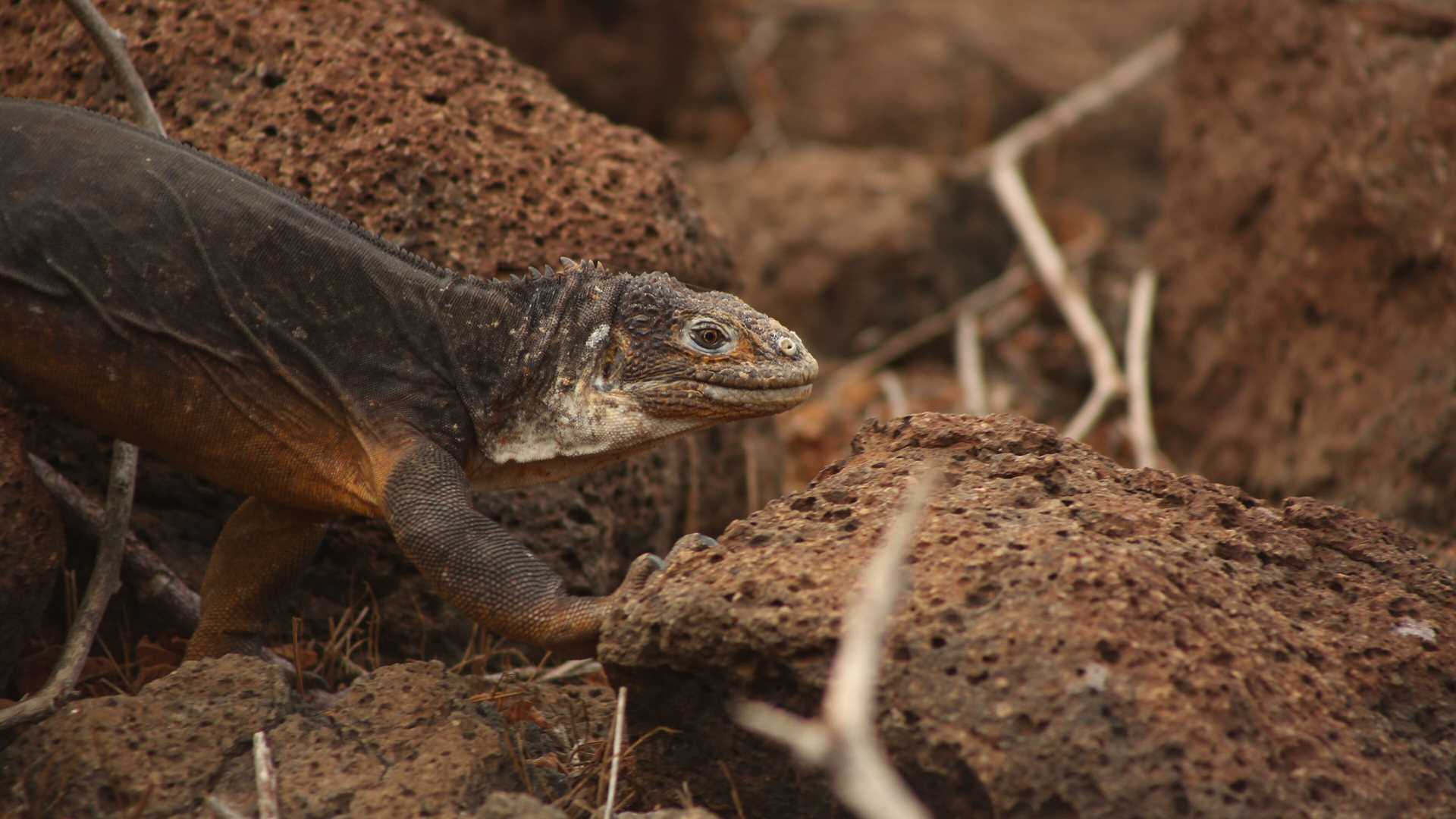For this first full day, we started with a walk over North Seymour Island, located on the north side of Baltra Island (officially known as South Seymour). This uplifted island is also known as Bird Island. It is home to a nice community of marine birds, such as blue-footed boobies, two species of frigatebirds, and swallow-tailed gulls (the only nocturnal gull).
For our afternoon activities, we snorkeled by a red colored beach on Rábida island. We concluded the day with a stroll over an iron-oxide beach. Along the trail, we explored a saltwater lagoon with sixteen American flamingos. We even saw some nests!







